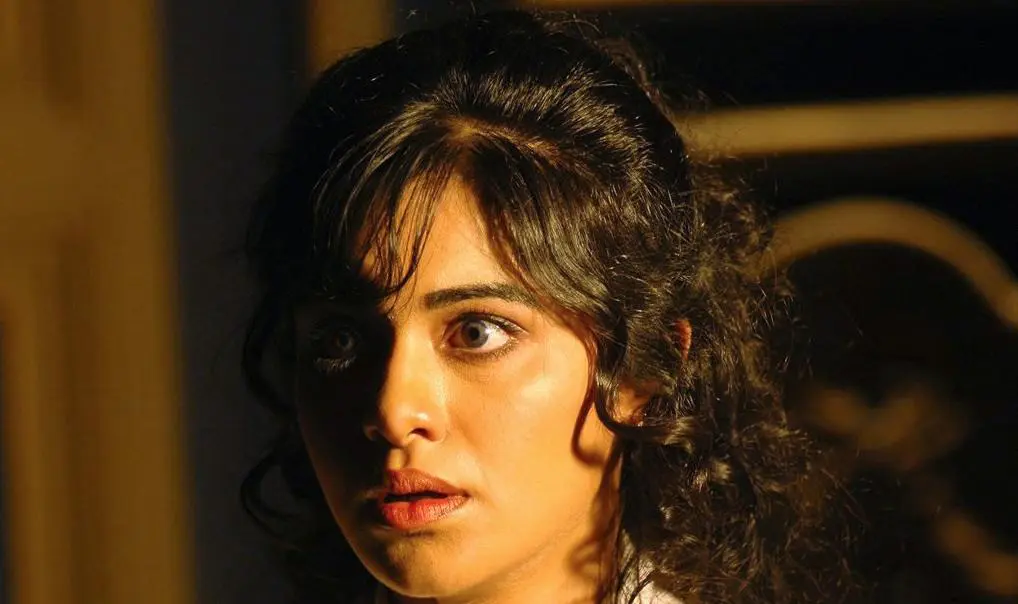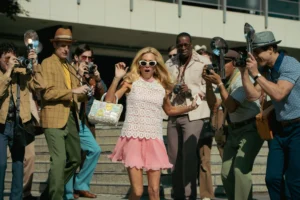Summary
Hindi film about a young architect and his wife, who move into a haunted mansion. Full of analogy and references to familiar Western films, it was directed by Vikram Bhatt in 2008 and set in 1920 India.
1920 is the story of a young architect, Arjun (Rajneesh Duggal), who moves to an old stately home to measure it up and redesign it as a hotel. He takes his beautiful wife Lisa (Adah Sharma), who feels a little uneasy there and – after many weird and supernatural events – becomes possessed. That’s the simple synopsis, though the backstory surrounding this couple and the house provide plenty of details and motivation which are ripe with cultural significance.
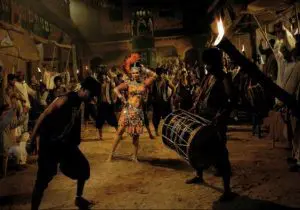 Apparently, 1920 is the highest grossing Bollywood horror, and it is an absolute epic. It was loosely inspired by The Exorcist, though there are some classic Bollywood elements: it is a romance at heart, with betrayal, seduction, and a flamboyant dance in the middle. But underneath all that, 1920 is also very much about the conflict between Indian and Western religions, and between British and Indian society; hence being set at that time, when the British reign was loosening.
Apparently, 1920 is the highest grossing Bollywood horror, and it is an absolute epic. It was loosely inspired by The Exorcist, though there are some classic Bollywood elements: it is a romance at heart, with betrayal, seduction, and a flamboyant dance in the middle. But underneath all that, 1920 is also very much about the conflict between Indian and Western religions, and between British and Indian society; hence being set at that time, when the British reign was loosening.
The conflict is evident right from the start, when Arjun’s family attempts drastic measures to prevent his marriage to Lisa, because of her different religious upbringing; he was raised Hindu, she Catholic. Consequently, Arjun rejects his family and their religion, but this leaves him feeling alone when he needs to seek a solution to his wife’s possession later on, and he finds himself torn between both spiritual influences again. When we find out the source of the spirit which has taken hold on Lisa, the history is rooted in [spoiler alert] a betrayal of the Indian army to the British, which is very clearly compared to a betrayal within marriage. The allegory is heavy-handed here, especially at the end where Arjun’s cultural loyalty is rewarded.
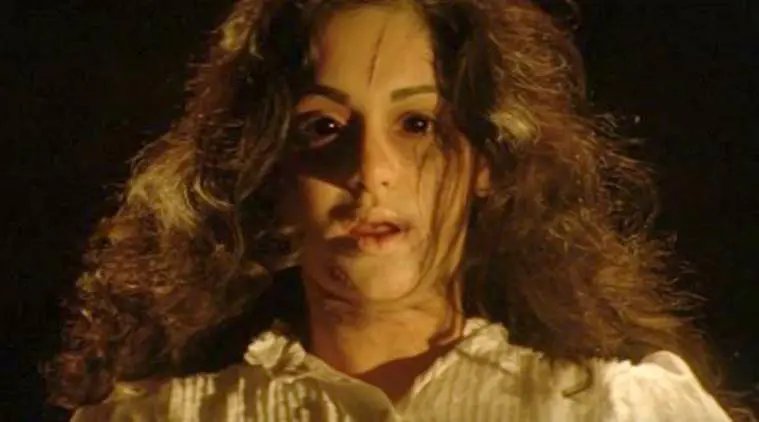
Both lead actors were relatively unknown when picked up for 1920, but have become stars as a result; especially Sharma, who plays innocent and possessed wife equally well. The acting style is a little exaggerated, of course, like much of Bollywood (but not much different to Western classics like the old House on Haunted Hill); but still, the acting overall is five times better than that in Horror Story, which I saw a couple of months ago. I think the slight overacting fits here, though, as – along with the tropes and clichés – it keeps things simple, allowing the story itself to come to the fore.
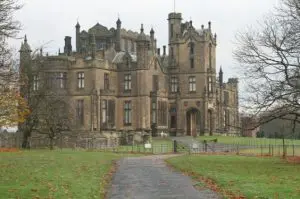 Yeah, the tropes and clichés… 1920 includes so many images and moments which are familiar from Western films (indeed some near-identical scenes); and although some viewers found that tiresome, to me it only serves to highlight the Asian/Western conflict analogy. We do steal from each other, sometimes successfully and sometimes not. Interestingly, Bhatt spent a long time looking for a location and selected a stately home in Yorkshire in the end.
Yeah, the tropes and clichés… 1920 includes so many images and moments which are familiar from Western films (indeed some near-identical scenes); and although some viewers found that tiresome, to me it only serves to highlight the Asian/Western conflict analogy. We do steal from each other, sometimes successfully and sometimes not. Interestingly, Bhatt spent a long time looking for a location and selected a stately home in Yorkshire in the end.
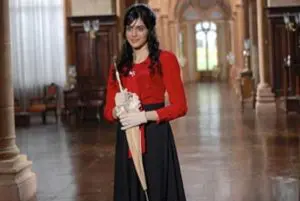 Unfortunately, the film is very long and not all the plot holds together well. It’s not even clear who possesses Lisa: two different answers are given. But 1920 is beautifully made and shows that Indian cinema can make a large scale horror film well, blending Western influences with its own Bollywood style. The cinematography is beautiful whether inside or out, and special effects impressive; though some have found it much scarier than me. The music was a success too, adding both atmosphere and cultural reinforcement at times: some of the songs have apparently reached the charts.
Unfortunately, the film is very long and not all the plot holds together well. It’s not even clear who possesses Lisa: two different answers are given. But 1920 is beautifully made and shows that Indian cinema can make a large scale horror film well, blending Western influences with its own Bollywood style. The cinematography is beautiful whether inside or out, and special effects impressive; though some have found it much scarier than me. The music was a success too, adding both atmosphere and cultural reinforcement at times: some of the songs have apparently reached the charts.
I found the film entertaining; but more than that, found it fascinating. If you’ve watched the recent Ghoul and wonder if India has other horrors to offer, give 1920 a try. It was followed by three sequels… though I assure you they have nothing to do with 1922, also to be found on Netflix: that one is a Stephen King story.
THIS REVIEW IS PART OF OUR #31DAYSOFHORROR FEATURE WHICH IS RUNNING ALL THROUGHOUT OCTOBER. CHECK OUT THE OTHER ENTRIES.

